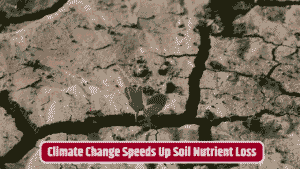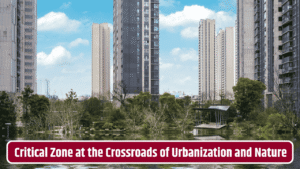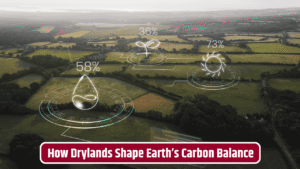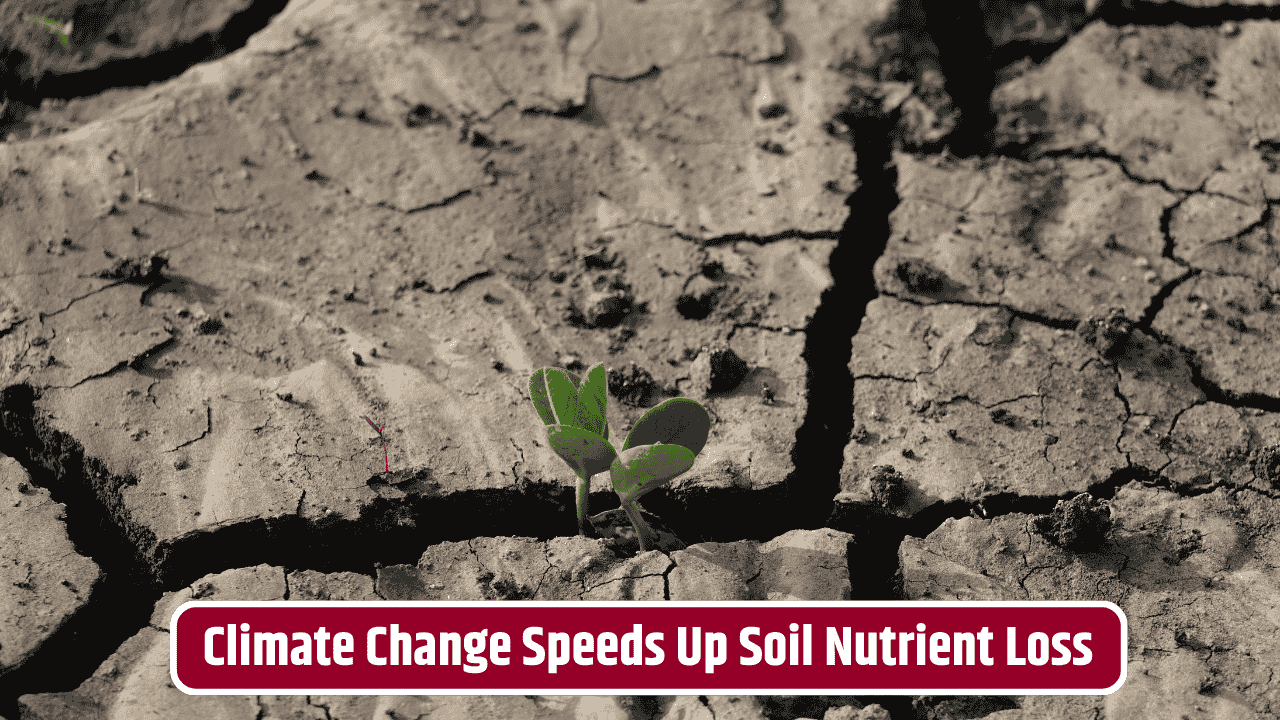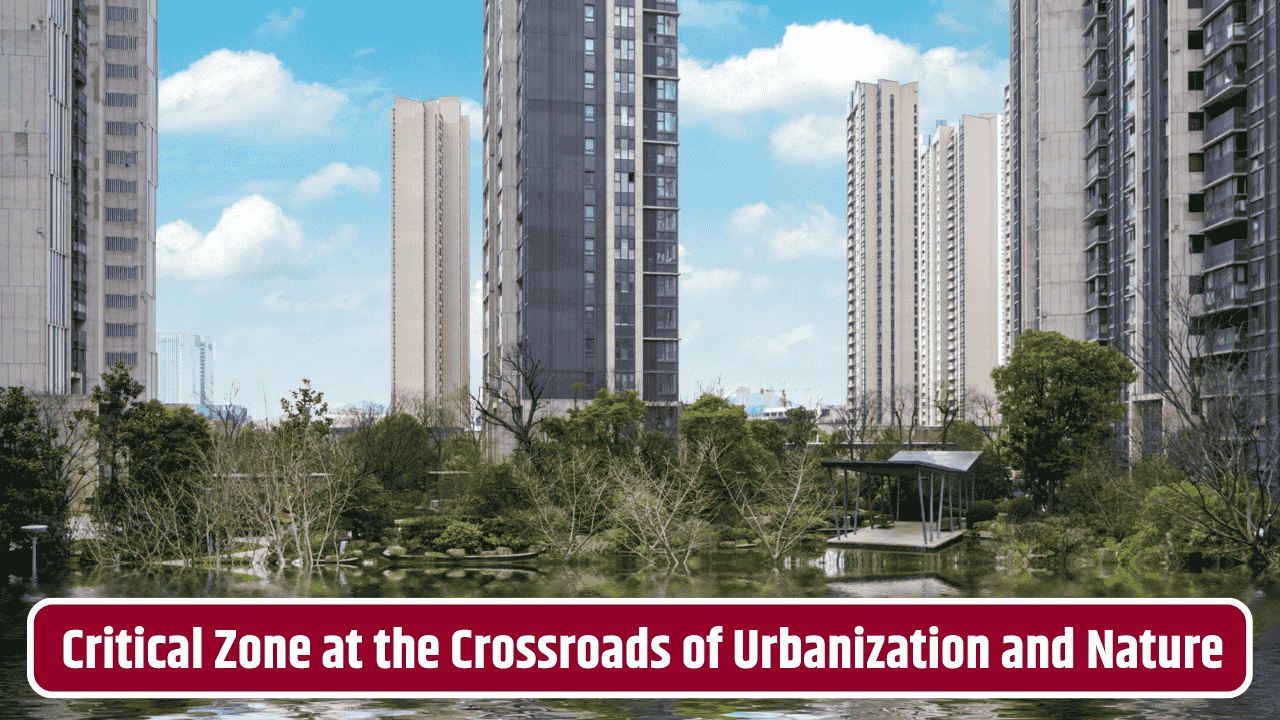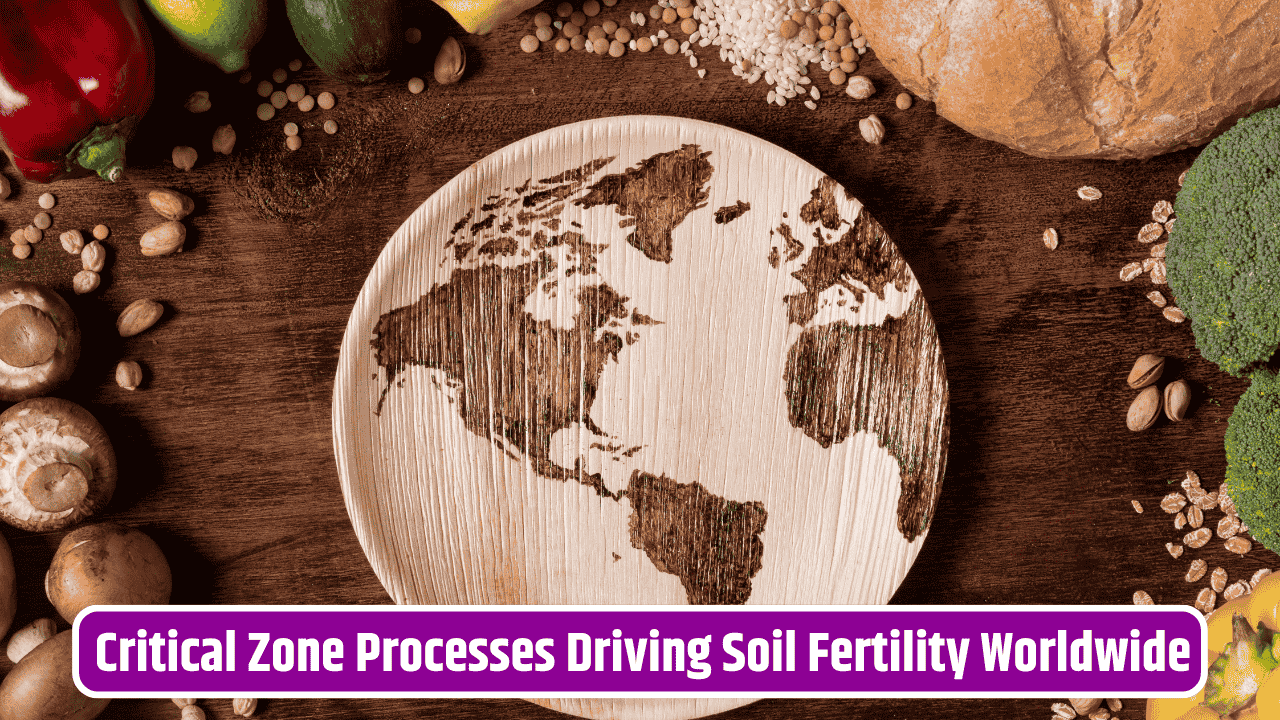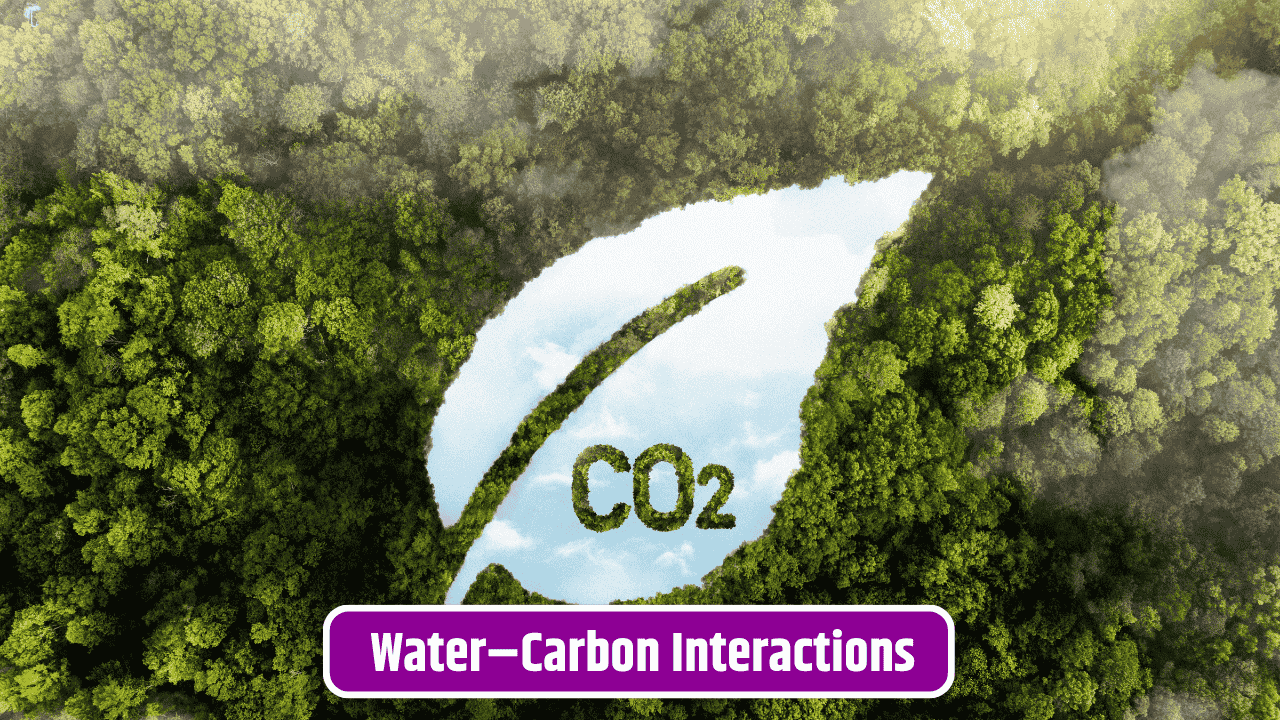It started quietly, tucked away in university labs and remote field stations: the idea that to understand Earth’s surface—where rock, soil, water, air, and living things all mingle—you’d need to watch it in action. Not just in a single stream or hillside, but across entire landscapes. That’s how the Critical Zone Observatories (CZOs) were born in the U.S. around 2007. They weren’t flashy; they were essentially outdoor laboratories, spread across different terrains, each designed to capture the slow-motion drama of how landscapes evolve, store water, cycle nutrients, and sustain life. Over the years, these observatories became a kind of “living MRI” for the planet’s skin.
But here’s the thing: Earth doesn’t respect borders, and science can’t stay siloed forever. As the climate crisis deepened and ecological pressures mounted, it became obvious that the CZO model—focused but somewhat fragmented—needed to evolve. Enter the Critical Zone Collaborative Network (CZCN), launched in 2020 by the National Science Foundation. Instead of a handful of isolated observatories, we now have a distributed, cooperative system of research hubs, linking dozens of sites and hundreds of scientists under one umbrella. Think of it as going from a small group chat to a global Slack workspace.
Table of Contents
From Observatories to a Network: Why the Shift Happened
At first, CZOs were all about depth: deep drilling into soils, tracking water flow, mapping chemical exchanges. Each observatory specialized in its own environment—mountains in Colorado, forests in Pennsylvania, deserts in Arizona. The insights were groundbreaking, but limited in scale.
Policymakers and researchers began asking bigger questions: How do these processes differ across climates? Can we predict how agriculture or urbanization will reshape landscapes? How will a warmer, wetter, or drier world change the very ground we stand on?
The Collaborative Network was the answer. Instead of isolated case studies, it fosters cross-site comparisons and shared data platforms. It’s a move from “what’s happening here?” to “how does this system behave everywhere?” A true scaling-up of Earth science.
How the Collaborative Network Works
The Critical Zone Collaborative Network (CZCN) is structured like a federation. There are several thematic clusters—groups of researchers focused on big questions such as water security, carbon cycling, or landscape resilience. These clusters connect multiple field sites and share findings through centralized databases.
Here’s a simplified snapshot:
| Phase | Key Features | Timeframe |
|---|---|---|
| Critical Zone Observatories (CZOs) | 10–12 stand-alone observatories, site-specific data, local teams | 2007–2019 |
| Transition | Expansion discussions, calls for integration, NSF review | 2018–2020 |
| Collaborative Network (CZCN) | Multi-site clusters, cross-comparison studies, centralized data sharing | 2020–present |
Researchers now pool resources, cross-validate models, and even run experiments in parallel at different locations. For example, a snowmelt study in the Rockies can be directly compared with one in New England, producing insights that a single observatory could never capture.
Why This Matters Beyond Science
On the surface, this might sound like academic reshuffling. But the stakes are huge. Water shortages, soil degradation, and ecosystem collapse are financial and societal risks, not just environmental ones. Farmers, city planners, and even insurance companies are leaning on this kind of research to anticipate what’s coming.
The U.S. Geological Survey and the National Science Foundation have been pushing hard for data openness, ensuring that findings from the CZCN are publicly accessible. This means a hydrologist in California, a policymaker in Ottawa, or a climate activist in London can tap into the same datasets. It’s democratizing Earth science in real time.
Global Ripples
Interestingly, the U.S. model has inspired similar efforts abroad. The European Commission’s eLTER network (Long-Term Ecosystem, Critical Zone and Socio-ecological Research Infrastructure) is building an equivalent across Europe. Chinese scientists have also rolled out critical zone observatories tied to food and water security. The collaborative model is catching on, because the challenges we face—droughts, floods, land-use changes—are borderless.
So while the shift from CZOs to CZCN may sound bureaucratic, it’s actually a leap toward more unified, global-scale environmental problem-solving.
FAQs
What exactly is the “critical zone”?
It’s the near-surface layer of Earth, from the tops of trees down to the bottom of groundwater, where rock, soil, water, air, and living organisms interact.
Why were Critical Zone Observatories replaced?
Not replaced, but reorganized into a broader collaborative network to encourage data-sharing and multi-site research.
Who funds the CZCN?
The U.S. National Science Foundation is the main funder, with collaborations from other agencies and universities.
Can the public access CZCN data?
Yes. Much of it is openly available through NSF-supported repositories.
Are other countries involved?
Formally, the CZCN is U.S.-based, but researchers worldwide are collaborating, and Europe’s eLTER is a parallel effort.


